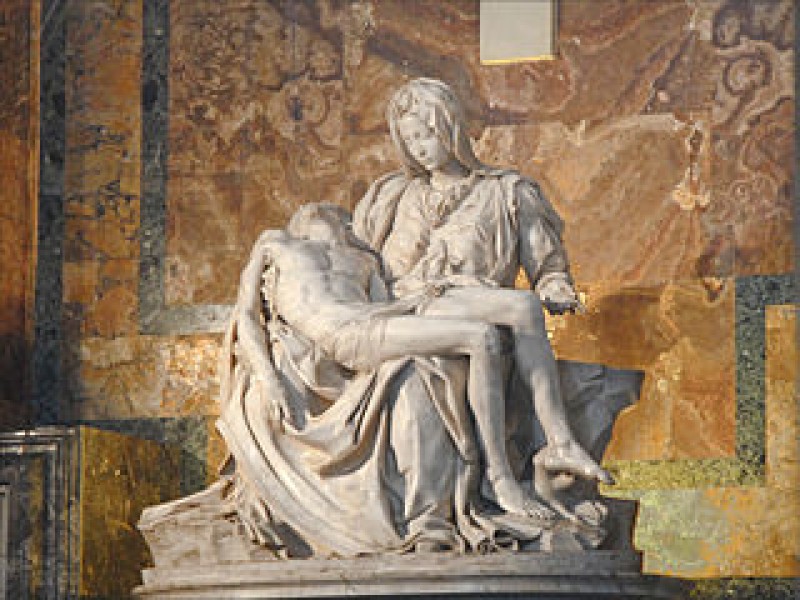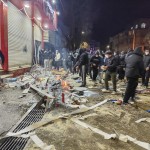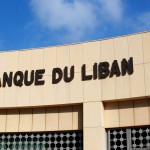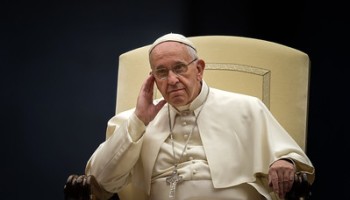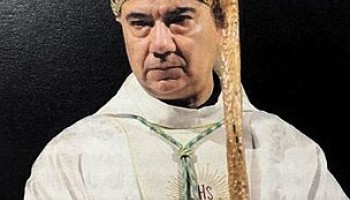Mafia groups have for more than a century misused the figure of the Virgin Mary, one of the most important biblical characters and symbols in Catholicism, to bolster their legitimacy.
The new department at the Pontifical International Marian Academy, the Vatican's premiere academy for Mariology, the part of Christian theology dealing with the mother of Jesus Christ, now wants to put an end to it.
In a letter to Father Stefano Cecchin, the President of the Pontifical International Marian Academy, Pope Francis welcomed the move, saying it aimed to free the Madonna from “superstructures, powers or conditioning that does not correspond to the Gospel criteria of justice, liberty, honesty, and solidarity.”
Mafia groups have hijacked the Madonna’s veneration in order to present themselves as having God on their side.
Famously, the Sanctuary of Santa Maria di Polsi, a Catholic shrine in the Calabrian mountains has been used for over a century by the ‘Ndranghetta to host their ‘Crimini’ or councils, and in many Calabrian towns, Marian processions will often take detours to honor the home of the local mafia boss.
“It’s not religion! It’s superstition,” Father Stefano Cecchin told Vatican News. The ‘Ndranghetta and other mafia groups use the trappings of Catholicism “to teach the people that God is with them. So they also want to use people’s religious feelings not to lead them to be free, but slaves.”
The department’s inaugural conference in September will feature not just priests and theologians, but also judges, lawyers and law enforcement officers.
“It’s a major step in trying to fight the mafia on the religious side,” Sergio Nazzaro, an Italian journalist, writer and adviser to the Parliamentary Anti-Mafia Commission, told OCCRP. “They've always wanted to appropriate religious symbols, either out of their own personal faith or to claim a social consensus.”
“The Sanctuary of the Madonna di Polsi was the central meeting point of all the godfathers of the ‘Ndranghetta, every year they were meeting there,” Nazzaro said. “Why? Because they could show themselves before the people and say they are the church in their own way.”
That’s why according to Nazzaro, the new department isn’t just important for theological reasons. “The strong position of the Catholic Church is also a very powerful signal against the mafia itself, so they can no longer use the Catholic religion for their illicit purposes,” he explained.
“Religion is very important in Italy, especially in South Italy. These people [the mafiosi] are also believers and connected to tradition, so they mold the church to their power,” Nazzaro said. “They don’t just invade the economy, business and drug market, they also invade religion.”
That isn’t to say the mafia has always treated the church with deferrence. In Italy, mafia groups have a long history of targeting priests and other catholic figures who have challenged their power, such as the 1993 killing of Palermo priest, Giuseppe "Pino" Puglisi by the Cosa Nostra, the Sicilian mafia.
The use of the Virgin Mary by organized crime groups isn’t just rampant in Italy, but is common in other Catholic majority countries such as Mexico and Brazil.
